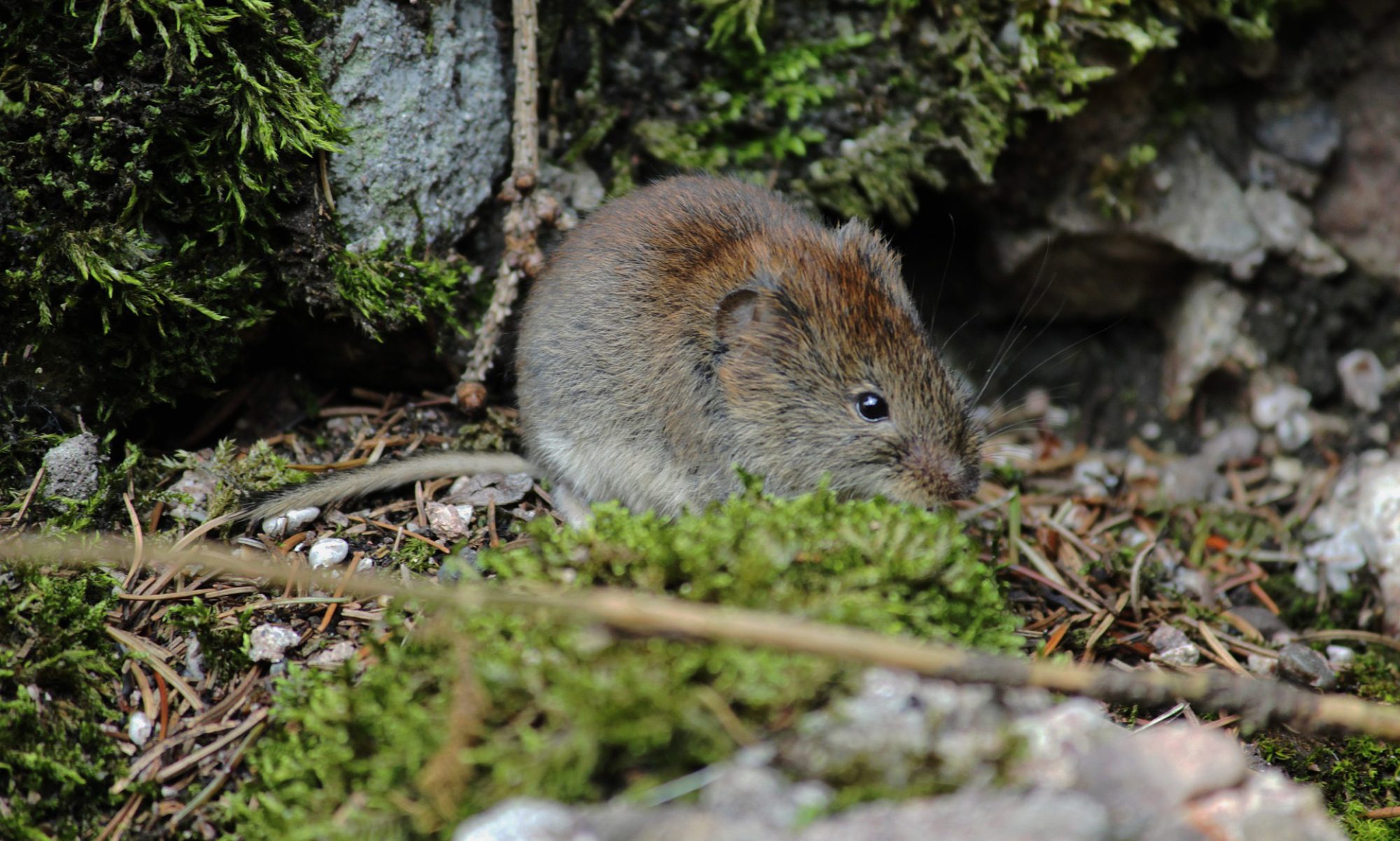| Generic Risk Assessment Assessment: Coppicing, felling & scrub clearanceScope: Activity [Task] |
||
| Volunteer’s Tools: Volunteers bring their own tools which must be fit for purpose, at their own risk. The Group cannot accept any responsibility for a volunteer’s own tools unless by prior agreement.
Volunteer’s Dogs: Dogs should only be brought to sites where they will not disturb wildlife and other livestock and where it is acceptable to the management and other users of the site. Dogs are brought at the owner’s own risk, the group cannot accept any responsibility for their wellbeing. Insurance considerations The following statement has been made to Econet’s insurer’s regarding tree felling: “We occasionally fell trees with trunks over 15cm diameter, maximum in the region of 18 – 20cm. Maximum height of tree felled would be in the region of 10 – 12m. [but such trees would generally of smaller girth].” No task should be undertaken which contravenes this statement. Note: A diameter of 20cm (8in) equates to a girth of 63cm (25in). |
||
| Assessment Summary: Coppicing, felling & scrub clearance; | ||
| Typical uncontrolled outcomes Slips and trips; strained muscles; scratches to face and head; inflammation of joints; puncture wounds; cuts and lacerations; blood borne infections |
Typical groups at risk Volunteers; other site users; general public |
|
| Hazards
Contact with hand tools Slips, trips and falls Eye injuries Falling debris and branches Unexpected movement when cutting timber under tension/compression Thorns Presence of man-made detritus, e.g. broken bottles, barbed wire Repetitive movements Blackthorn injuries |
Controls
Tools: See “General Conservation Activities” risk assessment Slips, trips and falls: See “General Conservation Activities” risk assessment Wear goggles to prevent eye injuries from protruding branches and branches under tension. Demonstrate felling techniques emphasising importance of maintaining clear escape route and the meaning dangers of ‘kickback’. Volunteers recommended to wear hard hats. Place warning signs at entry points and ensure visitors are kept away from main work area. Check for broken glass, barbed wire, etc. and clear from work area Ensure sufficient space available between volunteers – greater than height of any trees to be felled. Cut back branches and other vegetation to give clear access and good visibility. Check ground for thorns or other sharp objects before kneeling. Clear brash regularly to reduce trip hazards. Wear gloves (preferably hedging gloves) when handling thorny material. Remove the thorns of blackthorn immediately and seek medical attention if wound becomes infected. Take frequent breaks when undertaking heavy or repetitive tasks such as when hammering or using slasher or strimmer, or alternate with other (lighter) task to reduce risk of strains and injuries associated with vibration and repetitive movement. Avoid working near power lines and other overhead cables. If tree caught in overhead cables do not touch, call responsible authority immediately.
|
|
| PPE
Coppicing, felling & scrub clearance: Rigger gloves; Goggles; Hard hats; Hedging gloves; Actual items needed may vary according to the task. |
||
Risk assessment adapated from econetreading.org.uk

